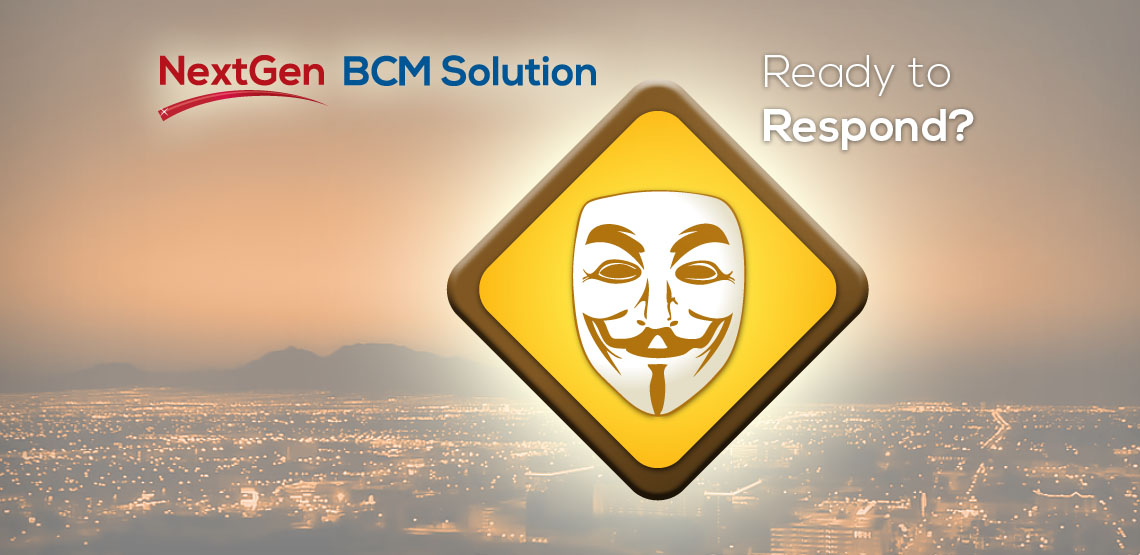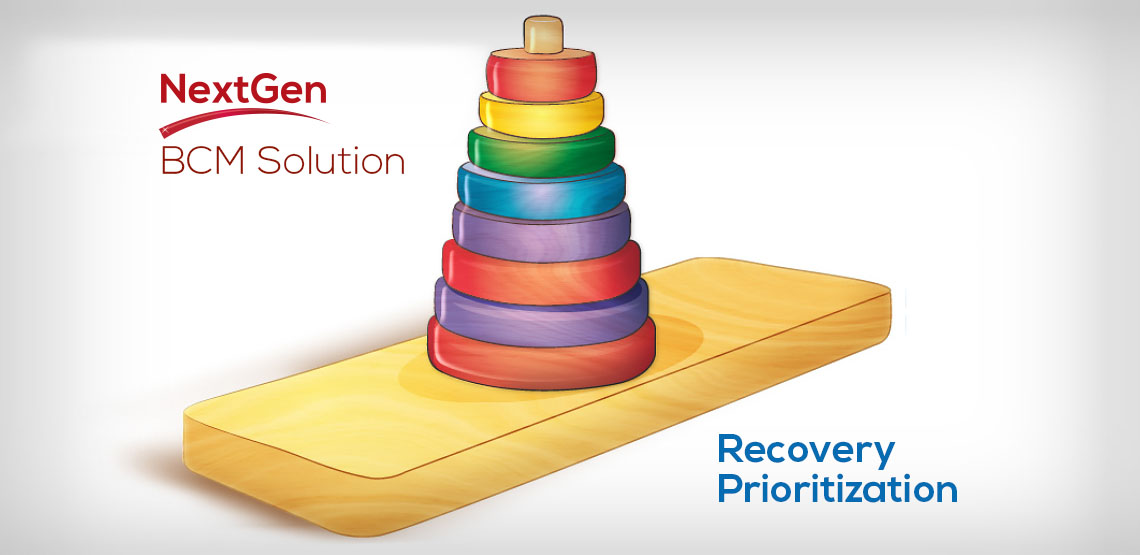Author: Jim Mitchell
A frequent speaker at Business Continuity conferences, many of Jim Mitchell’s blogs can be found elsewhere on eBRP’s website and has published articles in DRJ, Continuity Insights and Continuity Central. Jim has more than 20 years of experience in Business Continuity; if you don’t agree with his opinions – he won’t be surprised.
Business Continuity Planners, don’t have the ability to predict the future. That doesn’t mean they should ignore current industry findings about the future either. Far too many organizations continue to plan for the “Big 4” (Loss of Building, Loss of People, Loss of IT, and Loss of Vendor) just as…
Defining Your BCM Program Objectives
Let’s suppose that – to protect your family – you decide to build an ark in your garage. (An ark is a large wooden ship, like the one Noah used to save pairs of animals during the biblical “Great Flood”) Where would you start? Would you purchase lumber and simply…
Understanding C-Suite Concerns – A Key to BCM Support
This is the second in a series of articles focusing on tools and concepts to address the next generation of Business Continuity Management. BCM industry guidelines and ‘best practices’ continue to leverage what has worked in the past. These articles are intended to shift the focus from yesterday’s methods to…
Failure, thy Name is Disaster Recovery Test
It’s been years since I last attended school, but unless things have changed dramatically, tests are still basically the same as they were back in the day. You know the subject of the test, you can study the material in advance, but you’re not privy to the questions until the…
Is Industry Experience Required for Business Continuity Managers?
A recent blog addressed the personal qualities most useful to an effective Business Continuity Management Team member. The article prompted a question regarding whether the first trait on the list “Someone who has a good grasp of how your organization works” was not specific enough. The questioner asked whether experience…
Who’s on First? Understanding Recovery Priorities: Part 1
(NOTE: This is Part 1 of the 6th in a series of articles discussing the future of Business Continuity Management. The series starts here.) If we’ve done all of our Planning properly – acknowledged our risks and vulnerabilities and identified the gaps in our current capabilities, we may have begun to…
Emergency Management and Business Continuity: Cousins, but not Twins
Organizations in which emergencies, crisis and disruptions are, if not common, frequent, are likely to have an Emergency Management department, team or group. Public Utilities, Energy, Transportation (especially aviation) and Government agencies, among others, are all likely to maintain Emergency Management functions. Emergency Management (EM) and Business Continuity Management (BCM)…
Is That a Plan Update – or a New Cover Page?
What can you do when Business Continuity Plan owners fail to update their Plans? I previously discussed why some organizations struggle – or simply neglect – to update their BIA data. A BIA can be like a Platypus (an Australian mammal – part duck/beaver/reptile – that lays eggs). Designed by…
What Makes a Great BCM Team Member?
An earlier blog addressed some reasons why your C-Suite (Executives, Sr. Managers) might not be the best choice for your Incident Management Team. What about the composition of Business Continuity Management (BCM) Teams? A BCM Team may be quite varied in makeup. Some members may be dedicated to BCM full-time. …
Top 10 Reasons Not to Have a Business Continuity Plan
Call them what you wish – justifications, rationales, excuses; there are plenty of reasons that organizations large and small fail to create or maintain Business Continuity Plans. Even having a BC program doesn’t assure that development of Plans across the enterprise gets full cooperation. Maybe you’ve heard some of these…










